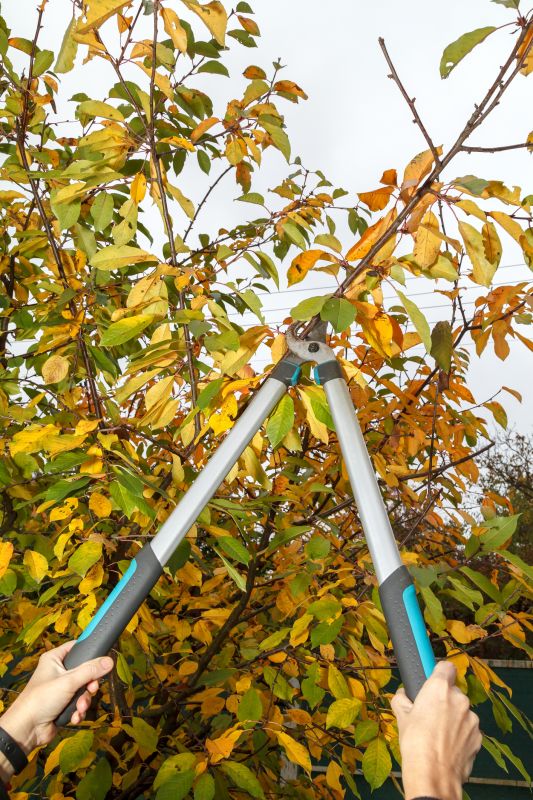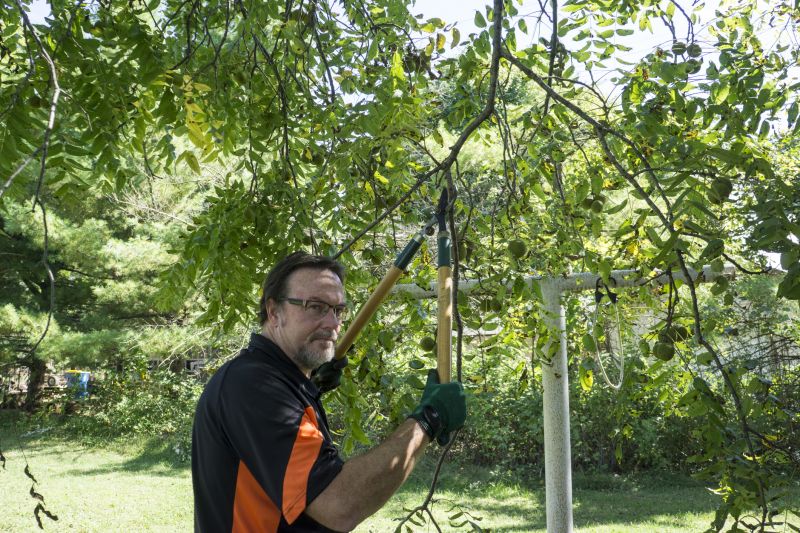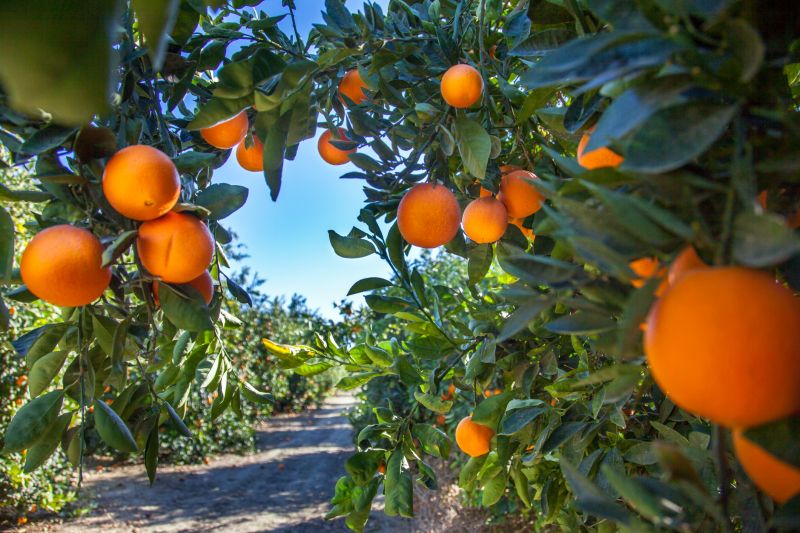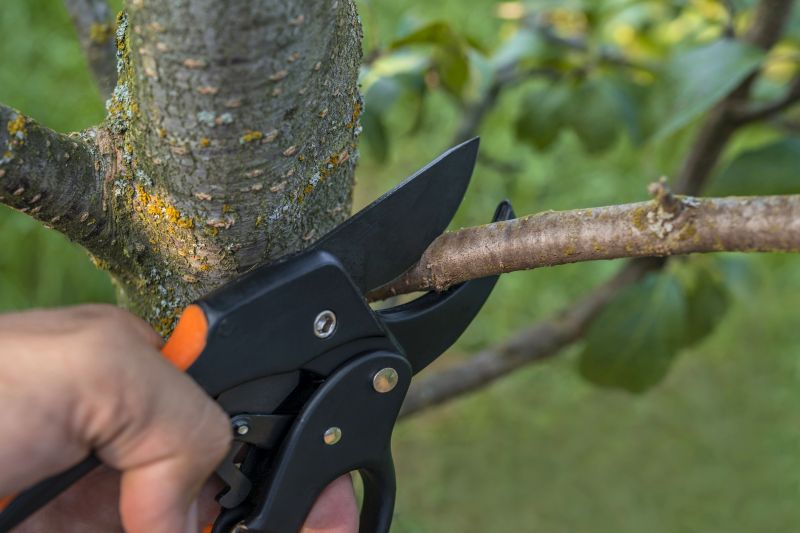Optimal Timing for Fruit Tree Trimming
Proper timing for fruit tree trimmings is essential for optimal growth, fruit production, and tree health. The best time varies depending on the type of fruit tree and local climate conditions. Generally, late winter and early spring are considered ideal for most deciduous fruit trees, just before new growth begins.
Pruning during dormancy helps shape trees and remove dead or diseased branches without stressing the plant.
Light trimming in early spring encourages healthy growth and prepares trees for the upcoming fruiting season.
After fruit harvest, trimming helps maintain tree structure and removes any damaged branches.
Pruning late in the season can stimulate new growth that may not harden before winter, risking damage.

Image depicting pruning of fruit trees during dormancy.

Image showing pruning shears and tools used for fruit tree trimming.

Image of a gardener trimming fruit trees after harvest.

Popular materials for Fruit Tree Trimmings and why they hold up over time.

Simple add-ons that improve Fruit Tree Trimmings without blowing the budget.

High-end options that actually feel worth it for Fruit Tree Trimmings.
| Fruit Tree Type | Optimal Pruning Time |
|---|---|
| Apple | Late winter to early spring |
| Cherry | Late winter |
| Peach | Late winter |
| Pear | Late winter to early spring |
| Plum | Late winter |
| Apricot | Late winter |
| Fig | Late winter or early spring |
| Grape | Late winter to early spring |
Fruit tree trimmings serve multiple purposes, including promoting healthy growth, improving fruit quality, and maintaining tree structure. Proper timing ensures that pruning wounds heal quickly and that the tree's energy is directed toward fruit production rather than unnecessary growth. Studies show that pruning during dormancy can increase fruit yield by up to 20% and improve fruit size and flavor.
The process involves removing dead, diseased, or crossing branches, which helps prevent pest infestations and disease spread. Additionally, thinning out crowded branches allows sunlight and air to reach the inner canopy, reducing the risk of fungal infections and encouraging even ripening of fruit.



